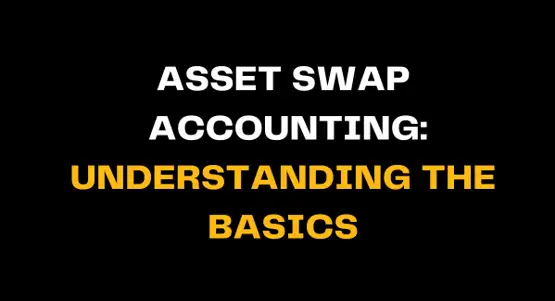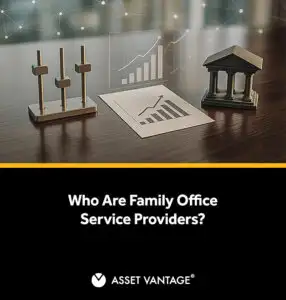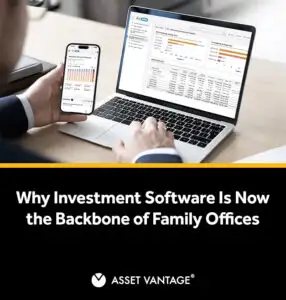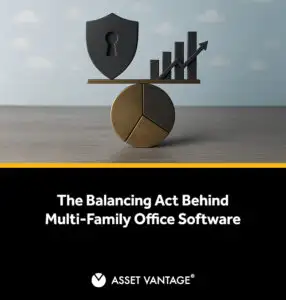Read Time4 Mins
Asset swap accounting is a vital concept in the world of finance and investment. It refers to a financial transaction where an investor swaps the cash flows of one asset, such as a bond or loan, for the cash flows of another asset, typically a floating rate instrument. This technique allows investors to manage their risk exposure, optimize their portfolios, and enhance their returns.
We will explore the basics of asset swap accounting and its significance in the financial landscape.
1.Purpose of Asset Swap Accounting:
Asset swap accounting involves the exchange of cash flows between two different financial instruments. The purpose is to modify the characteristics of an asset to better suit the investor’s objectives. It allows investors to switch between fixed and floating interest rate instruments, change credit risk exposure, or adjust the maturity of their investments.
2.Key Components of Asset Swap Accounting:
Asset swap accounting involves several key components, including the fixed-rate bond, the floating-rate instrument, the swap contract, and the cash flows associated with each. The fixed-rate bond is typically the initial investment, while the floating-rate instrument represents the desired exposure. The swap contract facilitates the exchange of cash flows between the two assets.
3.Cash Flow Mechanics:
In asset swap accounting, cash flows are exchanged periodically between the fixed-rate bond and the floating-rate instrument. The fixed-rate bond pays a fixed interest rate, while the floating-rate instrument pays a variable interest rate based on a reference rate, such as LIBOR. The swap contract ensures that the investor receives the desired cash flows, effectively swapping the fixed-rate bond’s cash flows for the floating-rate instrument’s cash flows.
4.Risk Management and Optimization:
Asset swap accounting offers investors a range of benefits in terms of risk management and portfolio optimization. By swapping the cash flows of different assets, investors can modify their risk exposure and adjust their portfolio composition. For example, they can convert fixed-rate bonds into floating-rate instruments to mitigate interest rate risk or enhance their returns in a changing rate environment.
5.Application in Financial Institutions:
It is widely used in financial institutions, including banks, asset management firms, and hedge funds. These institutions employ asset swap strategies to manage their portfolios, enhance returns, and mitigate risk. The ability to customize cash flows and exposure through asset swaps provides greater flexibility in their investment decisions.
6.Significance for Wealth Management:
It plays a crucial role in wealth management, particularly for high-net-worth individuals and family offices. By utilizing asset swap strategies, wealth managers can tailor investment portfolios to meet their clients’ specific needs and preferences. This approach allows for customized risk management, income generation, and diversification strategies, ultimately supporting long-term wealth preservation and growth.
In conclusion, asset swap accounting is a powerful tool in the world of finance and investment. By understanding its basics, investors can leverage this technique to optimize their portfolios, manage risk exposure, and enhance returns. Whether employed by financial institutions or utilized in wealth management, It offers valuable opportunities for investors to customize their investments and achieve their financial goals.







